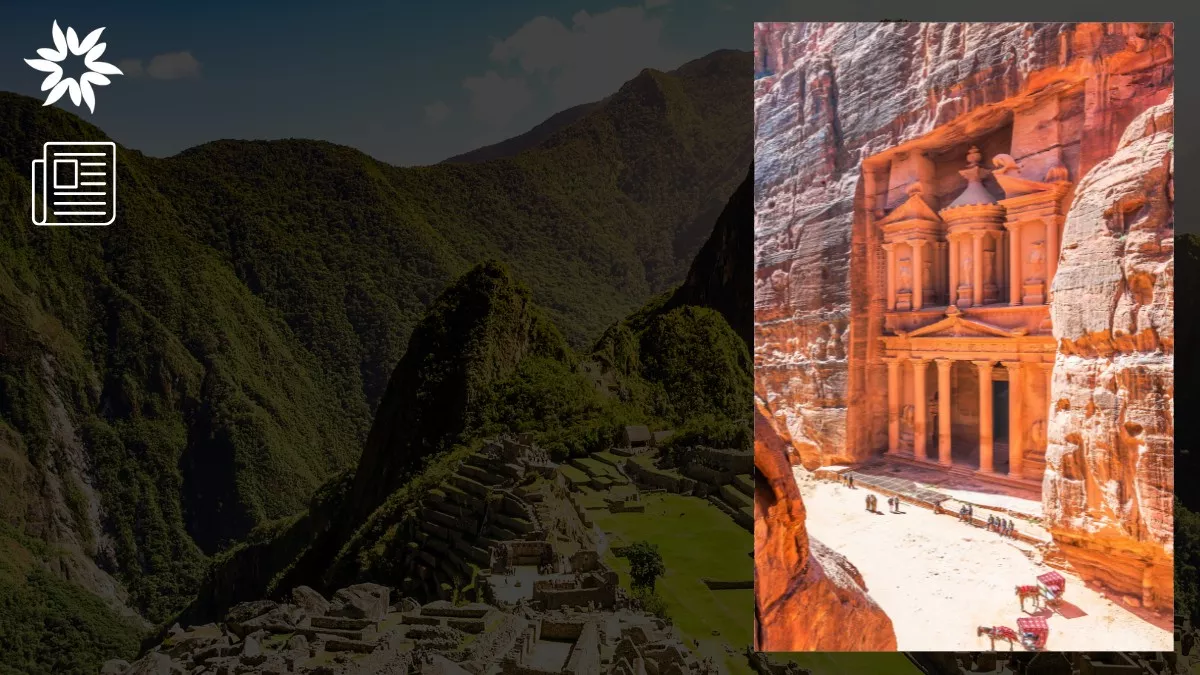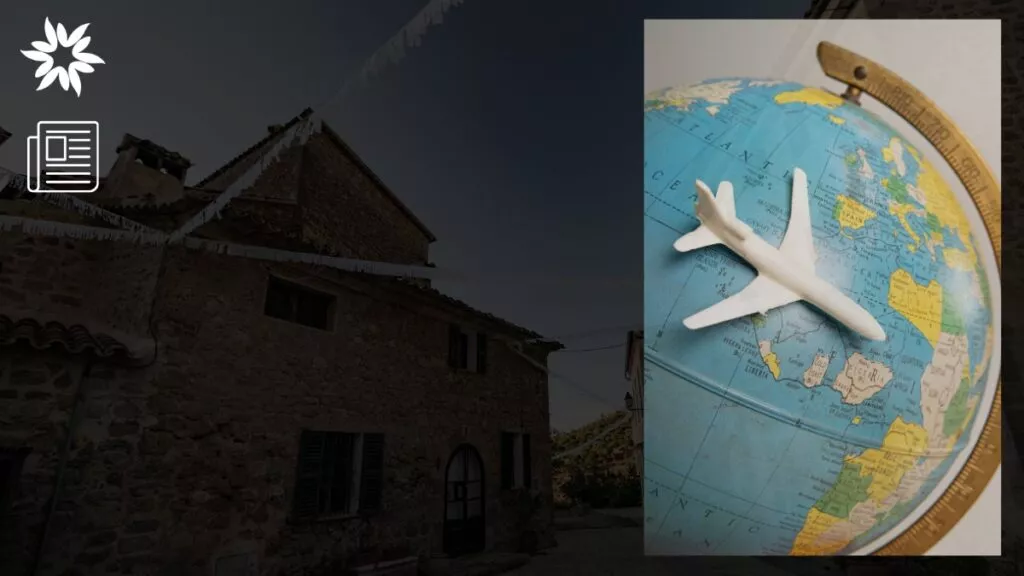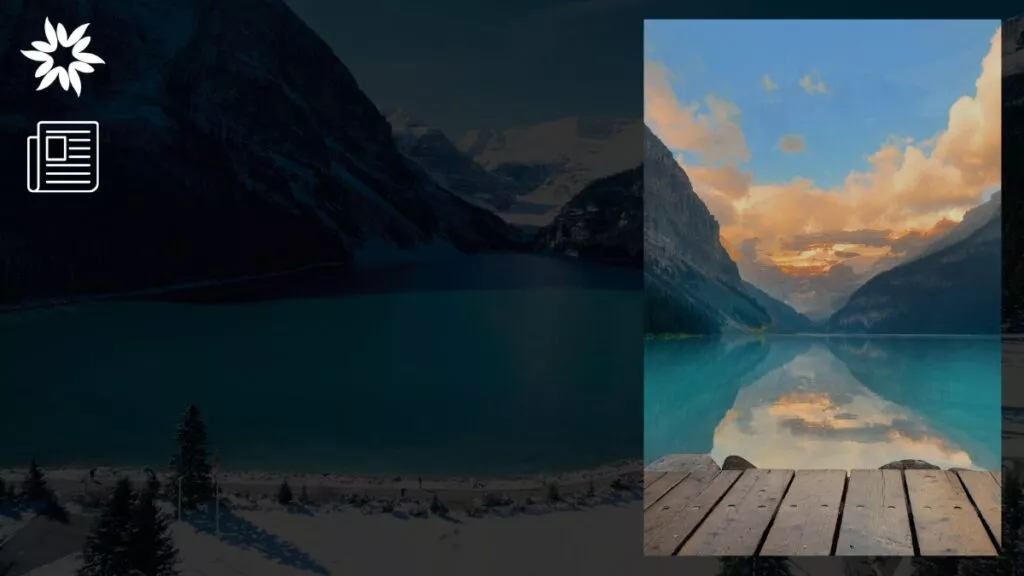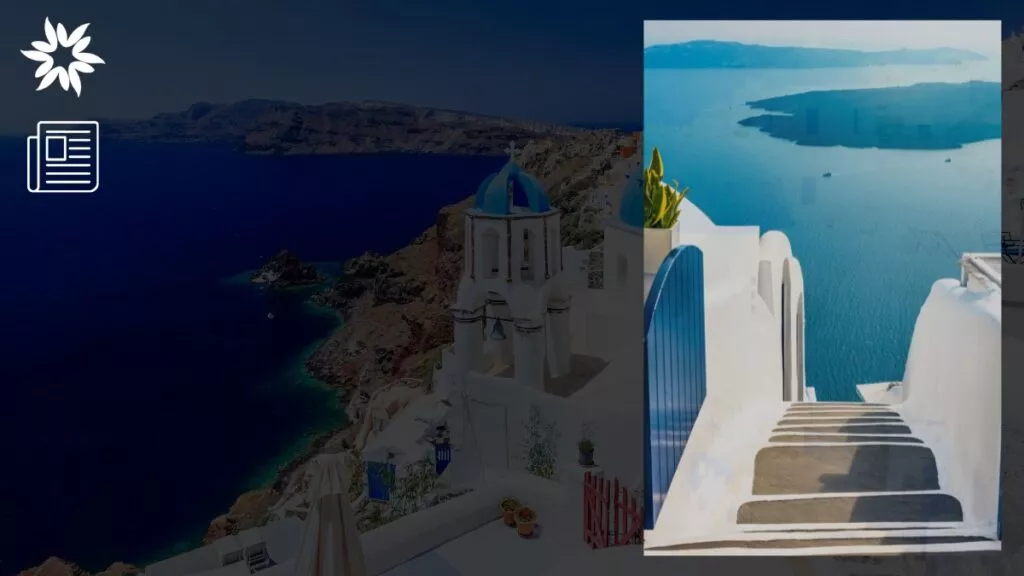When most people think of lost cities, they imagine made-up stories. But, in fact, plenty of real cities were indeed forgotten for centuries. Whether they were buried by volcanoes, hidden in jungles, or faded away after wars or disasters, eventually, they were rediscovered through archaeology, exploration, or even luck.
Let’s go over 10 of the most fascinating lost cities that were once forgotten but are now open for people to visit.
Key Takeaways
- Visit Machu Picchu or Ciudad Perdida if you enjoy hiking to remote, ancient mountain sites with deep cultural history.
- Explore Pompeii or Akrotiri to see how natural disasters preserved ancient cities in stunning detail.
- Choose Petra or Angkor if you're interested in grand architecture and cities once at the center of ancient trade and religion.
1. Machu Picchu, Peru
Machu Picchu is high up in the Andes Mountains in southern Peru. Built by the Inca around the year 1450, historians believe it may have been a royal estate for the Inca emperor Pachacuti. The site includes temples, houses, terraces, and more than 200 buildings made of stone.
Even though it’s famous today, the Spanish never found it during their conquest. It was abandoned in the 1500s and stayed hidden until the early 1900s. Many people say American explorer Hiram Bingham found it in 1911, but a local farmer named Agustín Lizárraga actually reached it first in 1902. His name was even scratched onto one of the walls, which Bingham later saw.
Now, you can hike the Inca Trail to get there, or take a train from Cusco. It’s one of the most popular places in Peru, but there are daily limits on how many people can go in.
2. Petra, Jordan
Petra is an ancient city carved into pink sandstone cliffs. It was built by the Nabataeans around the 4th century BC. The city was once a major stop for traders moving between Arabia, Egypt, and the Mediterranean.
Petra had temples, tombs, and an amphitheater. But in AD 363, a big earthquake damaged much of the city. Over time, trade routes changed, and people left Petra. In 1812, a Swiss explorer named Johann Burckhardt rediscovered it. He dressed as a local and convinced a guide to take him there.
Today, people enter Petra by walking through a narrow canyon called the Siq. The most famous building, the Treasury, is right at the end. Petra became even more famous after it was used in Indiana Jones and the Last Crusade.
3. Pompeii, Italy
Pompeii was a Roman city near Naples. It was buried in AD 79 when Mount Vesuvius erupted. The volcano covered the city in ash and pumice, which preserved everything from homes and shops to food and even people.
The city was forgotten for over 1,500 years. In 1592, a builder named Domenico Fontana found some ruins while digging an aqueduct. But it wasn’t until 1748 that full excavations started.
Visitors today can walk on ancient Roman streets, see colorful wall paintings, and even view plaster casts of the people who were trapped during the eruption. It’s one of the most complete Roman cities ever found.
4. Angkor, Cambodia
Angkor used to be the capital of the Khmer Empire. At its height, between the 9th and 15th centuries, it was one of the largest cities in the world. It may have had up to a million people.
The best-known temple, Angkor Wat, was built in the early 1100s. It started out as a Hindu temple but later became a Buddhist temple. The city had canals, roads, and reservoirs. But after wars and changes in religion and politics, it was abandoned by 1431.
A Portuguese friar named António da Madalena saw the ruins in 1586, but Angkor didn’t get much attention until the 1800s. French explorers began studying it, and it eventually became famous. Part of the site, Ta Prohm, was used in the Tomb Raider movie.
Now you can visit many of the temples. Some are still overgrown with trees, which makes them even more impressive.
5. Troy, Turkey
Troy is famous from Homer’s Iliad, which tells the story of the Trojan War. For a long time, people thought it was just a legend. But in 1870, a German businessman named Heinrich Schliemann started digging near a village in northwest Turkey and found the real city.
With help from archaeologist Frank Calvert, Schliemann revealed nine layers of cities built one on top of the other. The oldest part is from around 3600 BC. One of the layers might be the Troy from the Iliad, which could’ve been destroyed around 1200 BC.
Today, you can visit the site and see the old city walls, gates, and towers. There’s also a nearby museum that shows what life was like there.
6. Ciudad Perdida, Colombia
Ciudad Perdida means “Lost City” in Spanish. It’s in the mountains of northern Colombia and was built around AD 800 by the Tairona people, which makes it older than Machu Picchu.
The city has stone terraces, stairways, and plazas built into the hills. It may have been home to thousands of people. The Kogi, an indigenous group still living in the area, say they always knew about it and call it Teyuna.
In 1972, treasure hunters found the site and began selling gold artifacts, and that’s what led to official archaeological work.
You can’t drive to Ciudad Perdida. To get there, you have to hike through the jungle, cross rivers, and climb steep trails. It usually takes four to six days round trip.
7. Carthage, Tunisia
Carthage was founded in 814 BC by Phoenician traders from Tyre. It grew into a powerful city and controlled trade across the western Mediterranean. It became a rival to Rome, and their conflicts led to the Punic Wars.
In 146 BC, after the Third Punic War, the Romans destroyed Carthage. Later, they rebuilt it as a Roman city. By the 7th century, it was in decline again, and stones from the old buildings were used to build nearby Tunis.
The site was first excavated in 1831 by Christian Tuxen Falbe, a Danish archaeologist; go there and you can see Roman baths, villas, the ancient harbor, and other ruins.
8. Akrotiri, Greece
Akrotiri was a Minoan city on the island of Santorini. Around 1560 BC, a huge volcanic eruption buried the city in ash. The ash preserved buildings and artwork for over 3,000 years.
Akrotiri had two- and three-story buildings, paved streets, and indoor plumbing. People there traded with places like Crete and Cyprus. There’s also talk that Akrotiri inspired the legend of Atlantis.
The ruins were found in 1867 when workers digging for volcanic material found old pottery. French geologist Ferdinand Fouqué began the first excavations soon after.
Nowadays, a roof protects the site, and you can walk on raised paths to see houses, frescoes, and everyday objects.
9. L’Anse aux Meadows, Canada
L’Anse aux Meadows is on the northern tip of Newfoundland. It’s the only confirmed Viking site in North America. Archaeologists believe Norse sailors from Greenland built it around AD 1014 to 1021.
The site may have been used to fix ships and store supplies. About 150 people may have lived there for a short time. The Vikings left no written records, and the site was abandoned peacefully.
Locals called it the “old Indian camp.” In 1960, Norwegian archaeologists Helge and Anne Stine Ingstad confirmed it was Norse by uncovering turf buildings and tools.
Now, there’s a visitor center and reconstructed houses. It became a UNESCO World Heritage Site in 1978.
10. Mohenjo-Daro, Pakistan
Mohenjo-Daro was part of the Indus Valley Civilization, one of the world’s first major cities. It was built around 2500 BC and had straight roads, drains, wells, and public baths.
The people didn’t leave behind readable writing, so we don’t know what they called the city or much about their beliefs. It may have had around 40,000 residents.
The ruins were found in 1919–1920 by archaeologist R.D. Banerji. Since then, the site has shown how advanced early city planning could be.
Mohenjo-Daro may have been abandoned because of floods, drought, or changes in the river. It’s now at risk from water damage and erosion, so it’s being studied and protected.
Which Lost City Will You Visit First?
Now that you’ve learned about 10 real lost cities, it’s time to think about where you want to go.
For a mountainous escape, Machu Picchu in Peru couldn’t be a better place to start. But, perhaps you’re more interested in ancient ruins buried by disaster, then Pompeii in Italy is the only answer.
You could also explore Petra in Jordan, a city carved into rock. Or maybe you want something deep in the jungle, like Ciudad Perdida in Colombia. You can’t drive there—you have to hike for days through the forest.
On the ancient side of things, Mohenjo-Daro in Pakistan should be at the top of your list, since it was built more than 4,000 years ago and had running water and planned streets. Or you can see proof of Viking travel in L’Anse aux Meadows, Canada.
All of these places were once lost. Now, they’re open to the world. You can see them with your own eyes and learn more by standing where people once lived, worked, and built cities from the ground up.
So now it’s up to you. Which lost city will you visit first?








